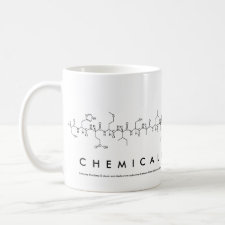
Authors: Aburto J, Mendez-Orozco A, Le Borgne S
Article Title: Hydrogels as adsorbents of organosulphur compounds currently found in diesel.
Publication date: 2004
Journal: Chemical Engineering and Processing: Process Intensification
Volume: 43
Issue: (12)
Page numbers: 1587-1595.
DOI: 10.1016/j.cep.2004.02.006
Alternative URL: http://www.sciencedirect.com/science/article/pii/S0255270104000236
Abstract: Hydrogels of chitosan were synthesised using glutaric dialdehyde as the crosslinking agent in an acetonitrile/water solution (1:4, v/v). These hydrogels recognised and adsorbed the dibenzothiophene sulfone (DBTS) against other related compounds found in diesel, e.g. dibenzothiophene (DBT), fluorene (FLE) and 4,6-dimethyl DBT (DMDBT). In order to improve the recognition and adsorption of DBTS, the latter compound served as a template for the building of recognition sites inside the hydrogel matrix through the use of the molecular imprinting technique (MIT). Despite the adsorption capacity of the molecular imprinted hydrogel (MIH) was not increased, the imprinting process of chitosan allowed both an enhancement of two orders of magnitude in ligand affinity constant and material homogeneity as seen by SEM. The change in swelling degree (Q) suggested the presence of a conformational memory of the hydrogel that might allow the design of stimuli-response but also tailored-made hydrogels responding at a required factor as temperature. The imprinting process improved ligand recognition and consequently hydrogel's specificity as shown by a monolayer adsorption. In contrast, the adsorption isotherm of DBTS by the non-imprinted hydrogel showed a multilayer adsorption due to non-specific interactions
Template and target information: dibenzothiophene sulfone, DBTS



Join the Society for Molecular Imprinting

New items RSS feed
Sign-up for e-mail updates:
Choose between receiving an occasional newsletter or more frequent e-mail alerts.
Click here to go to the sign-up page.
Is your name elemental or peptidic? Enter your name and find out by clicking either of the buttons below!
Other products you may like:
 MIPdatabase
MIPdatabase









